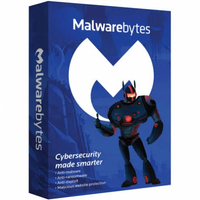6 types of Windows malware to watch out for - and how to remove them
From Trojans to the dreaded ransomware

Windows is the most prevalent desktop operating system in the world, and therefore PCs running Microsoft’s OS are most often targeted by cybercriminals and their various strains of malware.
While desktop users on other platforms shouldn’t be complacent – even though that might be tempting with less commonly used and more locked-down OS alternatives – it’s true enough to say that those running Windows certainly need to consider security as a priority.
With that in mind, in this article we’re going to look at the most common types of malware which could possibly strike a Windows 10 or 11 system, discussing what they are, how they work and what they might do to any PC that’s unfortunate enough to be infected. Then to conclude, we’ll look at the tools you can use to detect and purge these various intruders, like malware removal software and antivirus and how to go about that process.
Malwarebytes Premium is today's best anti-malware tool
Save 25% on your security Sometimes free software just isn't enough. Malwarebytes Premium is reasonably priced and uses heuristic analysis to identify new strains of malware, cleans up existing infections, helps protect you from phishing scams, and helps stop you downloading further malicious software.
1. Viruses/Malware
The term ‘virus’ is quite often employed in a general sense to denote anything malicious which has infected a computer, but really, the umbrella term for that is actually ‘malware’. A virus is a specific type of malware, and in fact it’s the oldest family of malicious software around.
A computer virus, much like a biological one, exists with the aim of spreading itself. It hides in a file (like the EXE for an app, or a Word document), and infects the system when that file is opened, triggering the payload (the nasty things done to your machine, which vary widely).
The key element here is that it then tries to spread itself to other files, and should those files off your machine reach another PC, it then infects that (when the file is run), spreads again, and so the cycle continues.
2. Worms
A worm is much like a virus, and spreads itself in the same way, but with a key and very dangerous difference.
Are you a pro? Subscribe to our newsletter
Sign up to the TechRadar Pro newsletter to get all the top news, opinion, features and guidance your business needs to succeed!
Worms directly attack and infect the system they come into contact with. In other words, you don’t have to open a file to trigger the infection; it happens with no interaction from the user required. In this case, there’s no chance to even, say, get suspicious about a Word document’s title and origin, and decide to leave it well alone – the infection just happens.
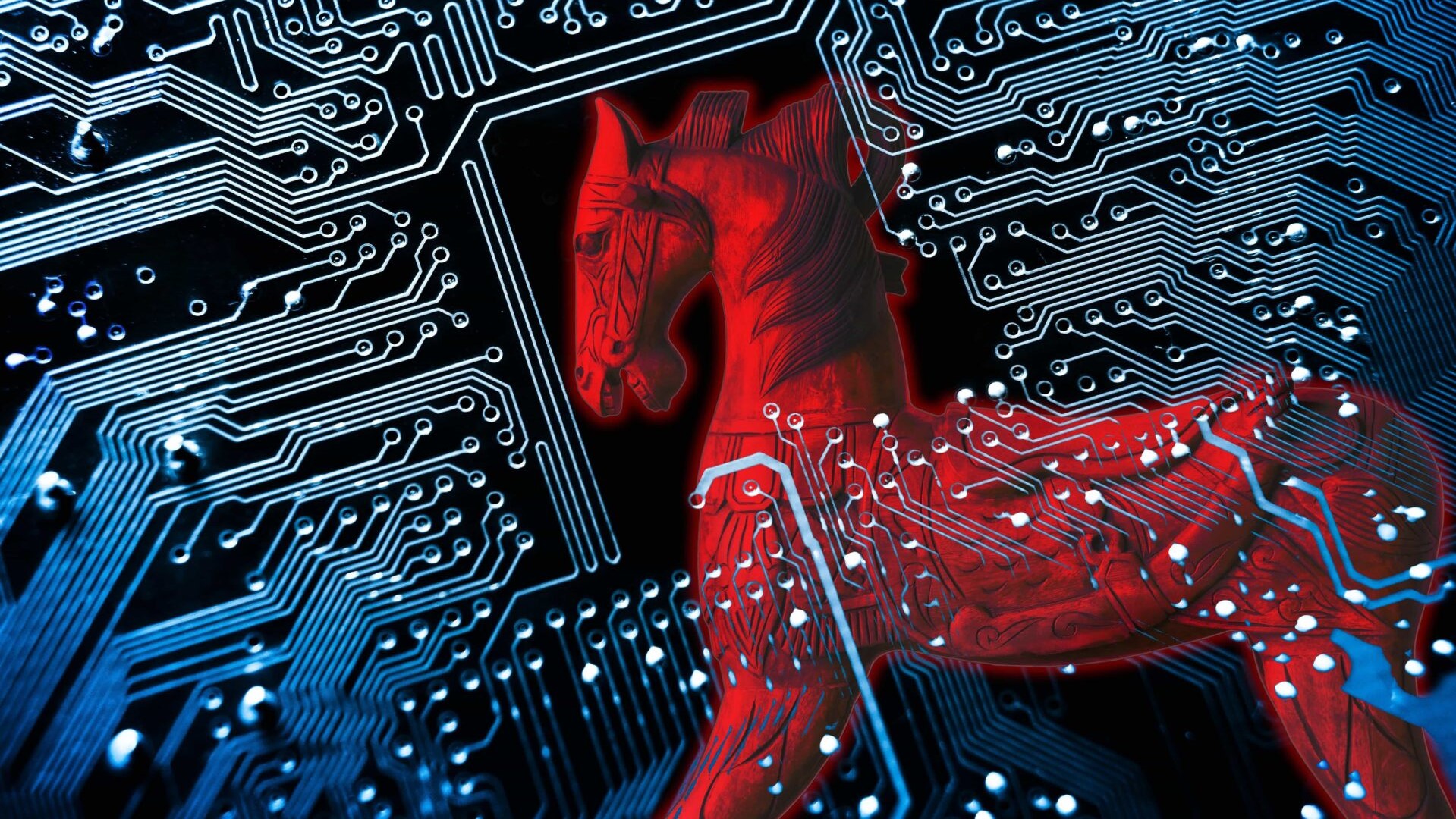
3. Trojans
You’re surely familiar with the myth of the Trojan Horse, and the name of this kind of malware is a direct reference to the fact that it pretends to be a legitimate app or file. Most commonly, it’ll be a fake program that you might download thinking it’s the genuine article – maybe from an authentic-looking website – but when you run it, your machine will become infected (unlike a virus, though, it won’t attempt to spread itself).
There are various ways in which a Trojan can be destructive, for example, opening a backdoor on your system to allow the malware author access to do what they want, or it might sit on your PC and steal your passwords.
4. Adware
Adware is one of the less vicious subcategories of malware, in that it won’t engage in something really nasty like nuking your data. Rather, it just serves up adverts as the name suggests (note that it could, however, track you online and targets ads too).
So, it’s more annoying as opposed to actively destructive, but clearly, it’s still not something you want hanging around on your Windows PC. Particularly not when in some cases it can result in a veritable avalanche of pop-up ads assaulting your desktop – which really isn’t pleasant and could hamper the performance of your Windows laptop or PC.
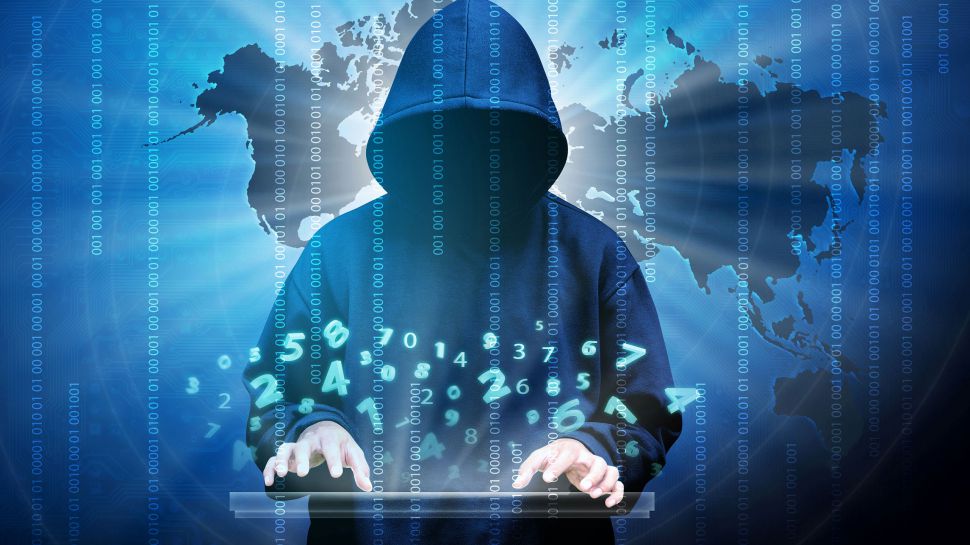
5. Spyware
Again, this is a type of malware named after what it does – namely sit quietly in your system, spying on you, stealthily gathering data. The information harvested is transmitted to the malicious actor behind the spyware, and then bent to whatever dark purpose they have in mind.
It’s similar to adware, and it’s not outright destructive – the whole idea is that you never realize its presence, of course – and adware is generally considered a subcategory of spyware.
However, where spyware is different is that it poses more of a threat than adware, and a potentially major danger to your personal data and security. It could possibly be collecting info such as the passwords for your online accounts, for instance.
6. Ransomware
Ransomware is one of the nastiest kinds of malware, one which effectively takes over your machine.
If it infects a PC – like most malware, it may be hidden in a file perhaps emailed to you, or picked up via a dodgy web link – it systematically goes through your files and encrypts them (or at least some of the more critical ones). It then demands a ransom to be paid for the key to decrypt that data. Essentially, it locks away files so you can’t get to them, and threatens to throw away the key unless you pay up, usually in Bitcoin or an alternative cryptocurrency.
Of course, even if you do pay up, there’s no guarantee that the malicious party behind the scam will free your files from their encrypted chains. You are trusting an inherently untrustworthy third-party that this will actually happen.
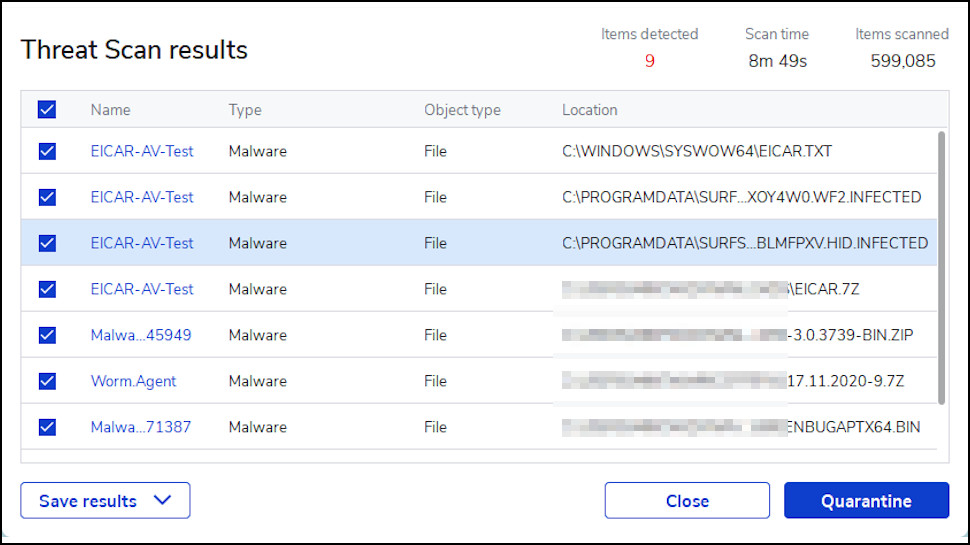
How to remove malware from your Windows PC
Let’s say the unfortunate happens and you get infected by one of the above threats. You may be certain of an infection, or you might just suspect it. In the latter case, perhaps your computer is suddenly behaving oddly, running really slowly, or popping up random messages at you that don't make sense.
The first question to ask is: are you running an antivirus app? Remember, Windows has its own Microsoft Defender built-in, so you don’t have to install a third-party app if you don’t want to. Assuming you are running an antivirus, if you’re not sure – but suspect – that malware is present, run a manual scan (the option to do a ‘full scan’ should be easily accessible from the app’s main menu). This scan should pinpoint anything malicious, and then deal with the offending party automatically.
If you are certain you’ve been infected, and you’re running an antivirus already, this shows that these apps aren’t always totally bulletproof. It’s at this point you may want to ask yourself whether you’re running one of the best Windows antivirus apps, with a more accurate antivirus engine? If not, then switch over to one of these top-rated products to get better protection and run a scan.
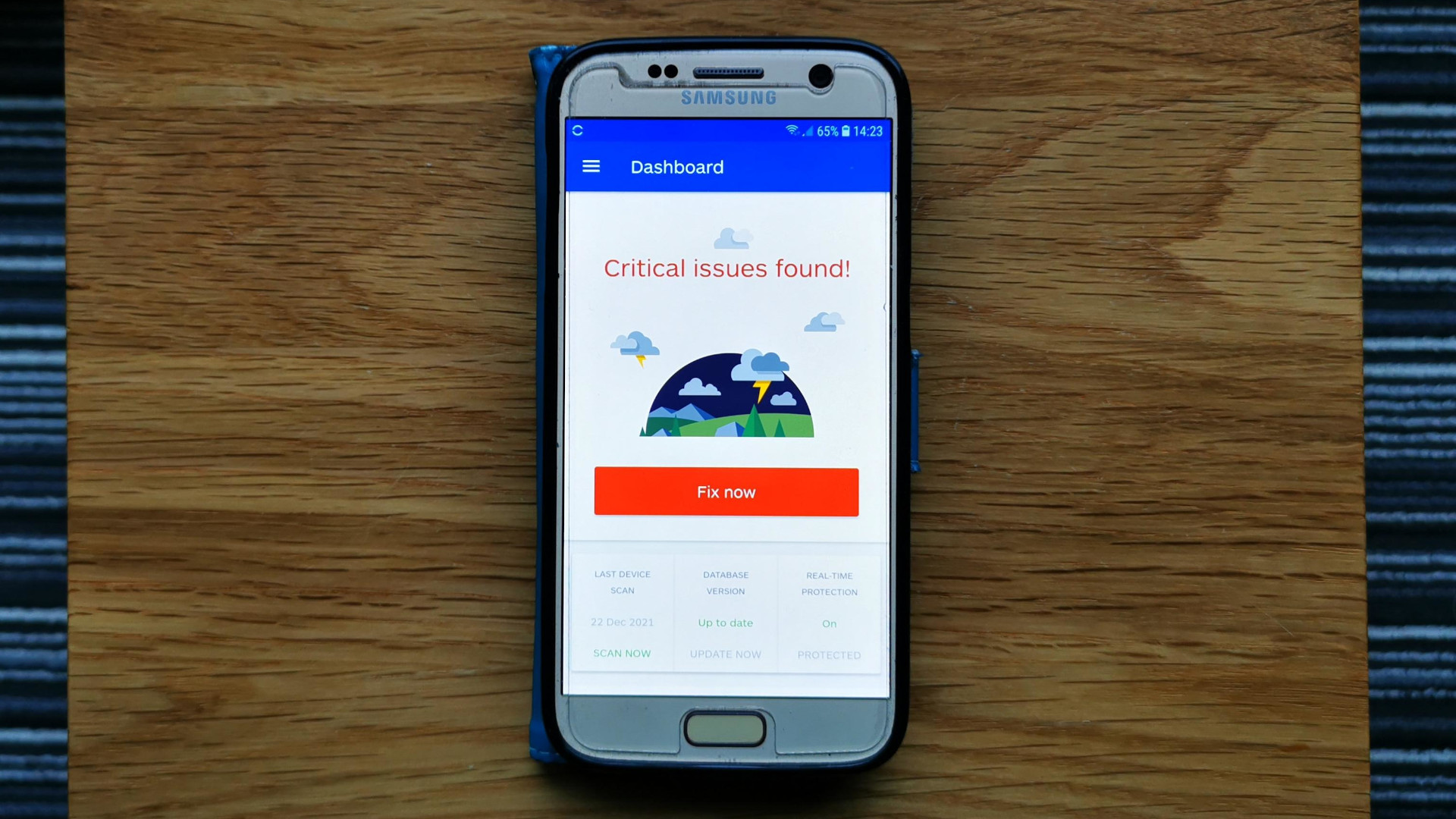
If your antivirus doesn’t find anything, then you can enlist another line of defense: anti-malware (or, if you don’t have an antivirus, and don’t want to install one at all, you can skip straight to this step). Our recommendation as the top pick in this case is Malwarebytes. Once installed, start the app and click on ‘Scan’ to initiate the scanning process. If the apps finds a threat, it’ll deal with the malware (the software may also flag up potentially suspicious programs that you may or may not wish to get rid of). We have a full tutorial giving step-by-step instructions on how to clean up your Windows PC with an anti-malware tool.
In short, the combination of an antivirus and/or anti-malware should hunt out and destroy any malware present.
As a final note, there may be especially problematic malware, and here we’re mainly thinking of ransomware, which is a particularly thorny type of infection. In some cases, you might be locked out of your PC, or need specialist help, although don’t forget there are ransomware decryption tools out there from major security vendors that could help - you could check out Kaspersky and Avast’s resources for starters.
- Discover more in our independent Malwarebytes reviews
- The big question...Is free antivirus safe?
- Get more online protection with the best VPN
Darren is a freelancer writing news and features for TechRadar (and occasionally T3) across a broad range of computing topics including CPUs, GPUs, various other hardware, VPNs, antivirus and more. He has written about tech for the best part of three decades, and writes books in his spare time (his debut novel - 'I Know What You Did Last Supper' - was published by Hachette UK in 2013).
